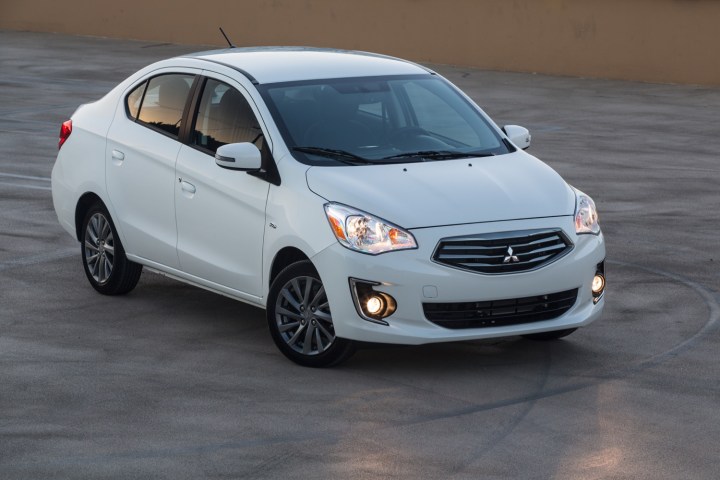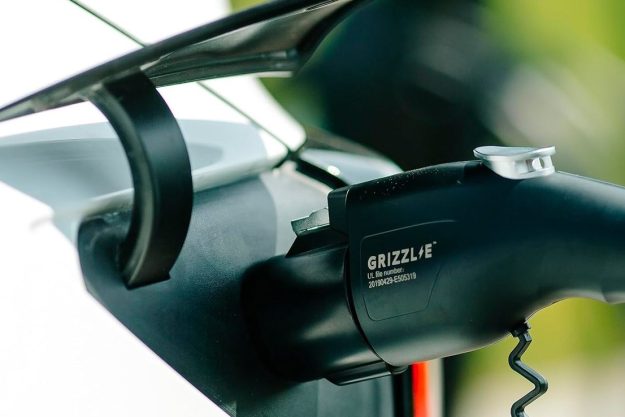
Last week Mitsubishi revealed it had cheated on Japanese fuel economy tests for three years. This week the company admitted the practice had been going on for 25 years. In the first announcement Mitsubishi claimed the fuel consumption cheating only applied to a few models, but now it admits more models were involved, including some mini cars it manufactured for other companies. We can imagine this admission is losing fans among with their peer car companies.
Mitsubishi is not new to scandal. In the past, it revealed a customer complaint cover-up that spanned more than two decades. More recently the Mitsubishi truck group was caught covering up information about dangerous defects. The company survived both improprieties, in the latter case with financial assistance from other members of the Mitsubishi Group. Mitsubishi Motors said yesterday it wouldn’t need assistance, that the company was financially stable – which may be a good thing since the group divisions that helped before aren’t in a strong a position themselves and have basically said, “Don’t count on us to help.”
The Mitsubishi Motors fuel economy cheat beats the scope of VW’s diesel emissions cheating in length of time. The sales drop of Mitsubishi cars in Japan extended to regular vehicle as well as the small cars for which the gas mileage was misstated. Apparently Japanese customers are now doubting all Mitsubishi vehicles, given the company’s history and the recent news. The Mitsubishi mileage and VW emissions cheating makes one wonder if more car companies routinely fudge mileage and emissions data.




